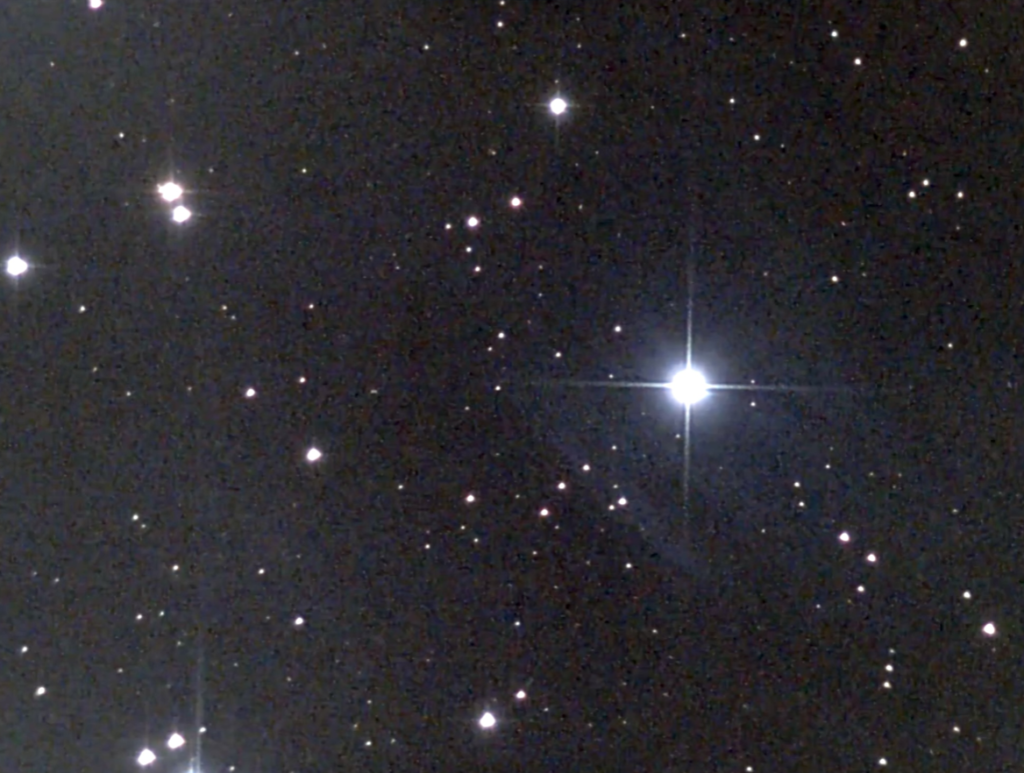M45 | NGC 1432 | Open Cluster | Pleiades | 445 Light Years Away
Our Best Image

Messier 45, also known as the Pleiades or Seven Sisters, is an open star cluster located in the constellation Taurus. Visible to the naked eye, this celestial jewel has been known since ancient times and is mentioned in various cultural and mythological traditions. Cataloged by Charles Messier in 1769, the Pleiades is one of the closest star clusters to Earth, situated approximately 444 light-years away.
Comprised of hot, young stars, Messier 45 is a striking sight in the night sky, with its blue and white stars forming a tight grouping. The cluster is easily visible and recognizable due to its distinct pattern of stars, which folklore and mythology associate with a group of sisters in various cultural traditions. Observations of the Pleiades provide astronomers with valuable insights into stellar evolution, as the cluster’s stars share a common origin and are still surrounded by the remnants of the molecular cloud from which they formed.
The Pleiades is an essential object of study for astronomers investigating the properties and dynamics of open star clusters. The study of Messier 45 offers a glimpse into the early stages of stellar evolution, shedding light on the processes involved in the formation of stars and the subsequent dispersal of their natal material. Additionally, the Pleiades remains a captivating target for both amateur and professional astronomers, symbolizing the beauty and wonder of the cosmos throughout the ages.

